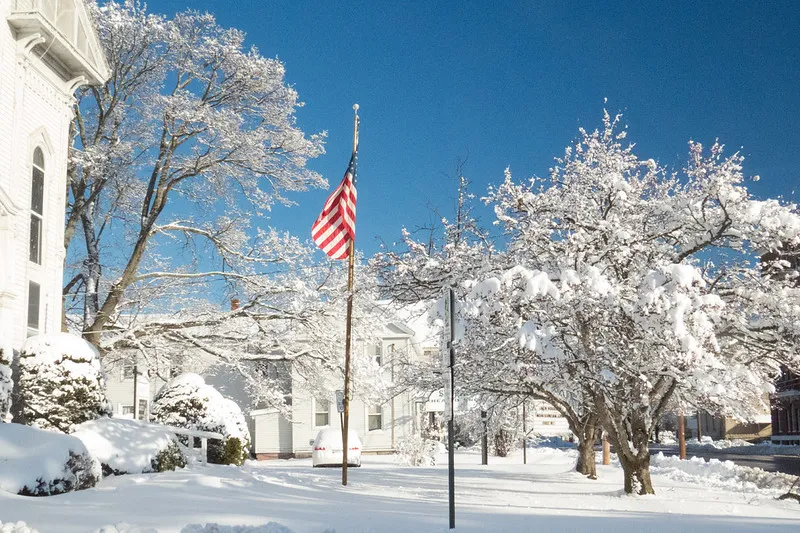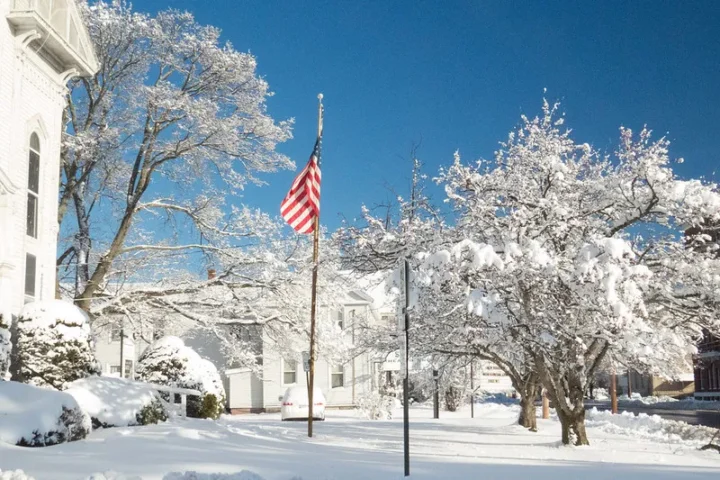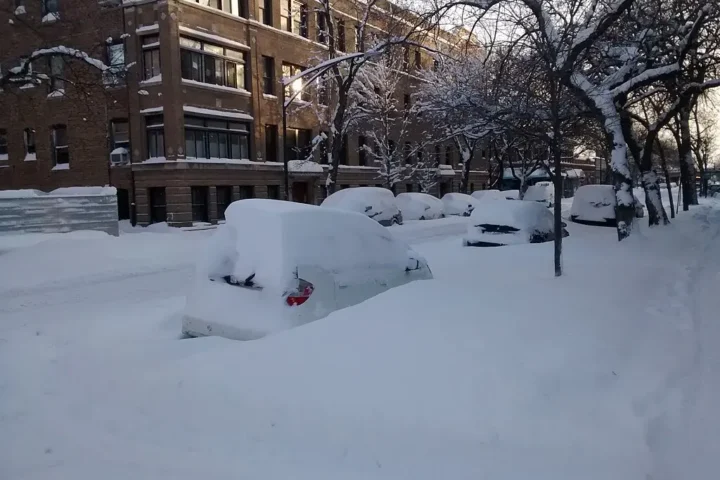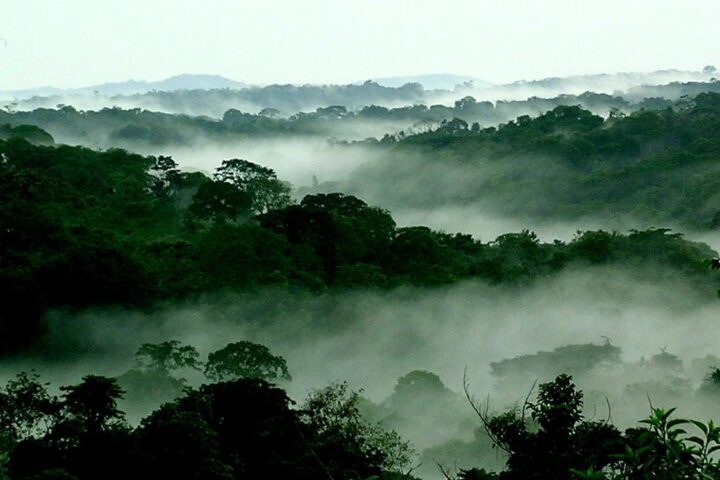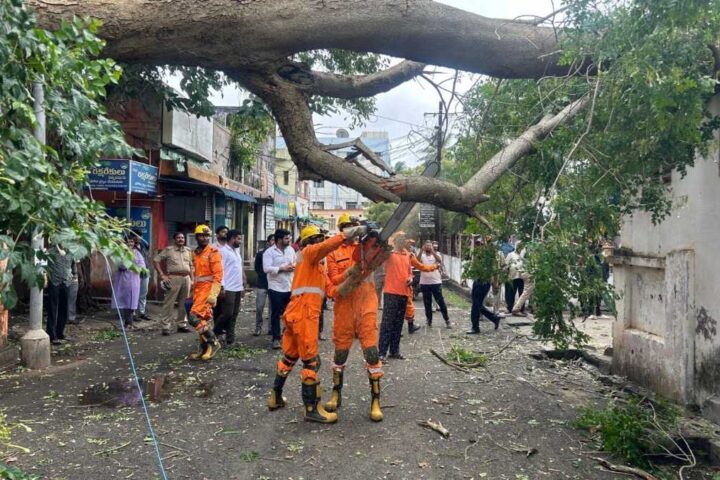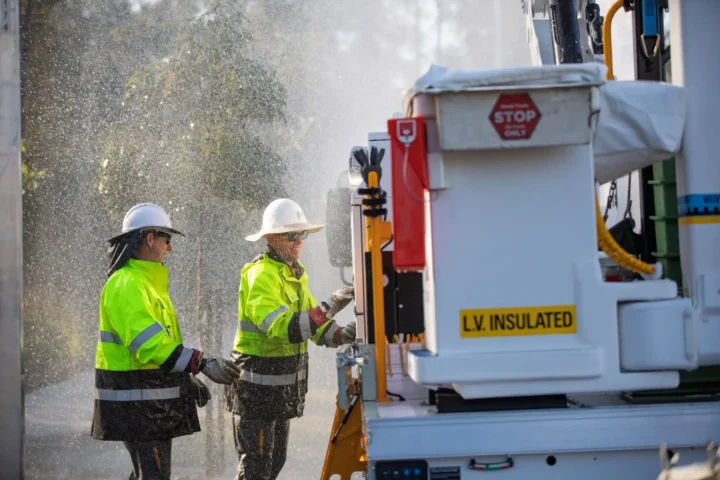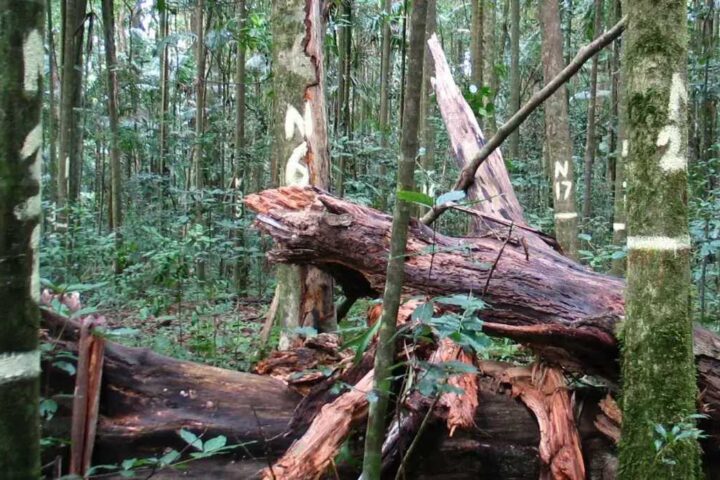Delhi’s Southern Ridge: 31-Year Wait for Forest Protection Ends
4,080 hectares of the capital’s vital green corridor receive legal shield as reserve forest under Section 20 of Indian Forest Act
Nearly 31 years after Delhi moved to protect the Southern Ridge under Section 20 of the Indian Forest Act, 1927, the final gazette notification was issued on October 24, 2024, declaring 4,080 hectares – nearly two-thirds of the total area – of this ecologically sensitive stretch as “reserve forest”. According to government documents, the Forest Settlement Officer has certified the land as encumbrance-free, confirming no pending claims or disputes exist over the area.
The development marks the most significant legal protection granted to the Ridge in decades, granting the forest and wildlife department full authority to act against any encroachments. With boundaries now conclusively demarcated and all claims settled, the Delhi Forest Department can finally enforce protection measures across these crucial green areas.
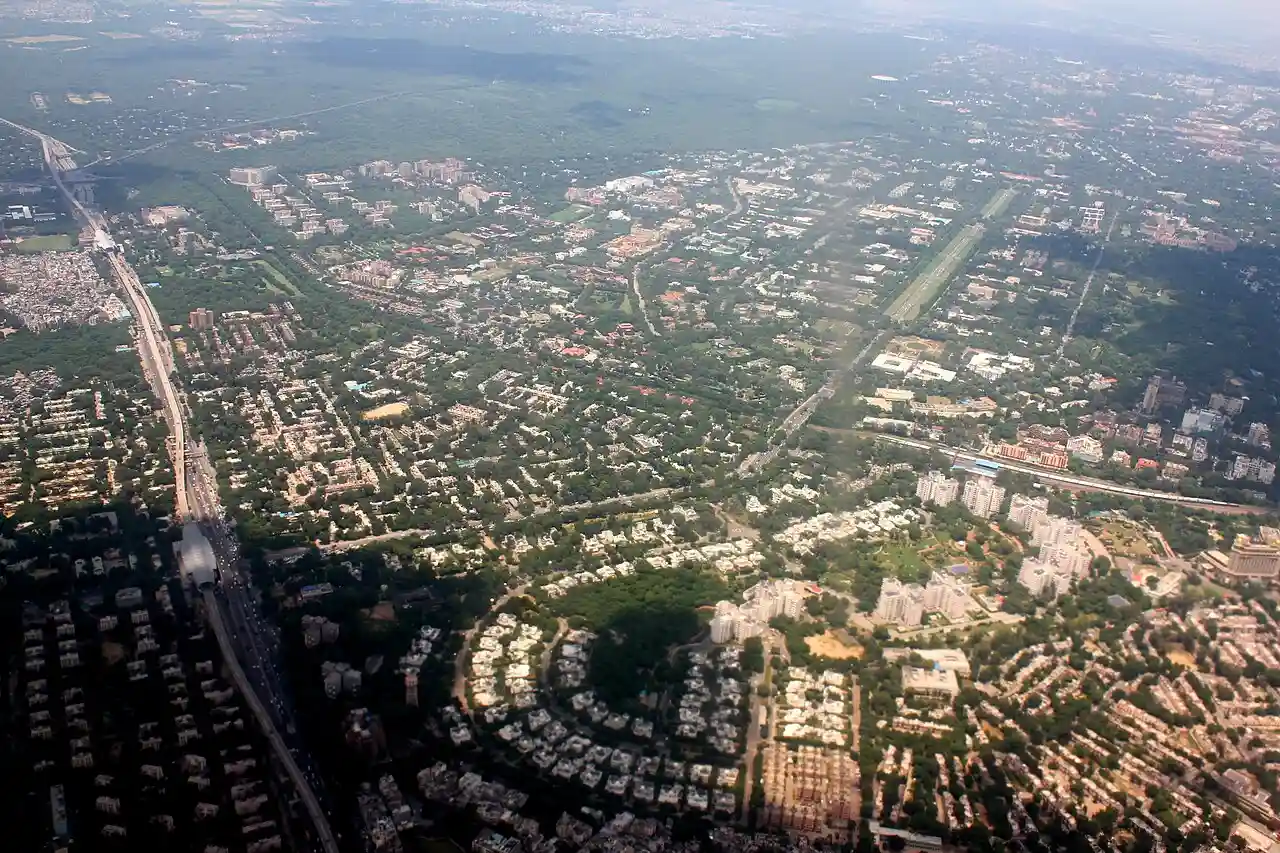
Breaking Down the Numbers: Ridge Protection Status
The Southern Ridge covers nearly 6,200 hectares, making it the largest of Delhi’s four major Ridge zones. Until recently, only 96.16 hectares had been notified under Section 20, despite the preliminary notification being issued back in May 1994. The new notification completes the legal process for roughly two-thirds of the Southern Ridge.
Three Decades of Legal Battles and Bureaucratic Delays
The journey from preliminary notification to final protection involved multiple court interventions, activist petitions, and repeated missed deadlines. Each milestone below represents a step in the complex process that finally culminated in legal protection.
Mapping the Protected Zones: Village-wise Distribution
The newly protected area spans 13 villages in South Delhi, forming a crucial ecological corridor. These protected zones connect the Asola Bhatti Wildlife Sanctuary with the broader Aravalli landscape extending into Haryana, creating a vital green belt for the national capital.
Major Protected Zones
- Bhatti 770.1 hectares
- Dera Mandi 651.7 hectares
- Asola 542.3 hectares
- Maidangarhi 380.5 hectares
- Sahoorpur 295.8 hectares
- Other 8 Villages 1,439.6 hectares
The notification includes specific khasra numbers (land survey units) and geo-coordinates for each protected parcel, ensuring clear demarcation that will help authorities prevent future encroachments. This precision in documentation addresses a key weakness that allowed illegal constructions in the past.
Environmental Significance: Delhi’s Natural Air Filter
The Ridge acts as Delhi’s green lungs, providing crucial ecosystem services in one of the world’s most polluted cities. According to CPCB studies, Delhi’s air quality challenges stem from multiple sources, with construction and road dust contributing significantly to PM10 levels. Protected forests help mitigate these impacts through natural filtration.
Delhi’s Air Quality Challenge: Why Forest Protection Matters
Delhi frequently records PM2.5 levels that are 14 times the WHO recommended limit. Real-time monitoring shows the city’s air quality regularly falls in the “Poor” to “Severe” categories.
TERI-ARAI source apportionment studies show Delhi’s pollution comes from multiple sources. While forests cannot solve the entire crisis, they serve as crucial natural infrastructure for air filtration, dust control, and temperature regulation.
Critical Challenges: The Battle is Far From Over
While the notification marks a historic achievement, significant challenges remain. Forest protection across India faces mounting pressures from urbanization, and Delhi’s Ridge is no exception. The remaining areas still await protection, and enforcement of existing orders remains problematic.
“It has been three decades now and even then, it was not pro-activeness of the department but rather, the NGT nudging them forward. The delay has meant already so much area of the Ridge in Delhi is encroached upon and removing this will take several years.”
Protecting Delhi’s Natural Heritage: The Road Ahead
The gazette notification for 4,080 hectares represents a crucial first step. However, research shows urban green spaces provide immense health benefits, making complete Ridge protection essential for Delhi’s 30 million residents. The remaining 3,700+ hectares across other Ridge zones still await legal safeguards.
Citizens can play a vital role in preservation efforts through reporting encroachments, participating in plantation drives, and supporting conservation initiatives. Every protected hectare contributes to cleaner air, cooler temperatures, and a more livable Delhi.

